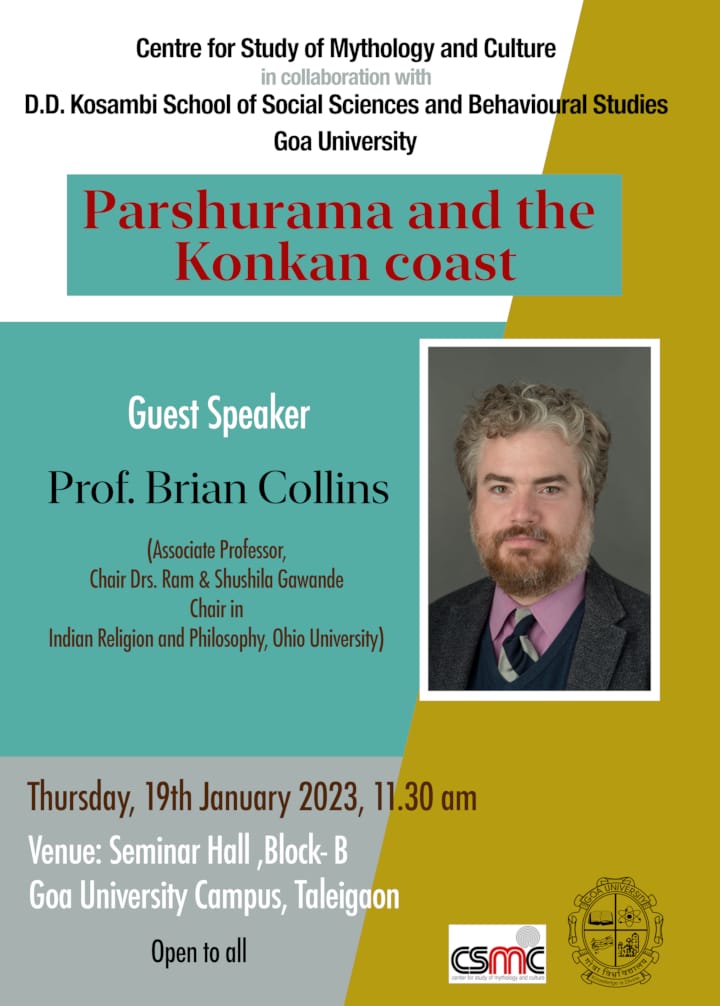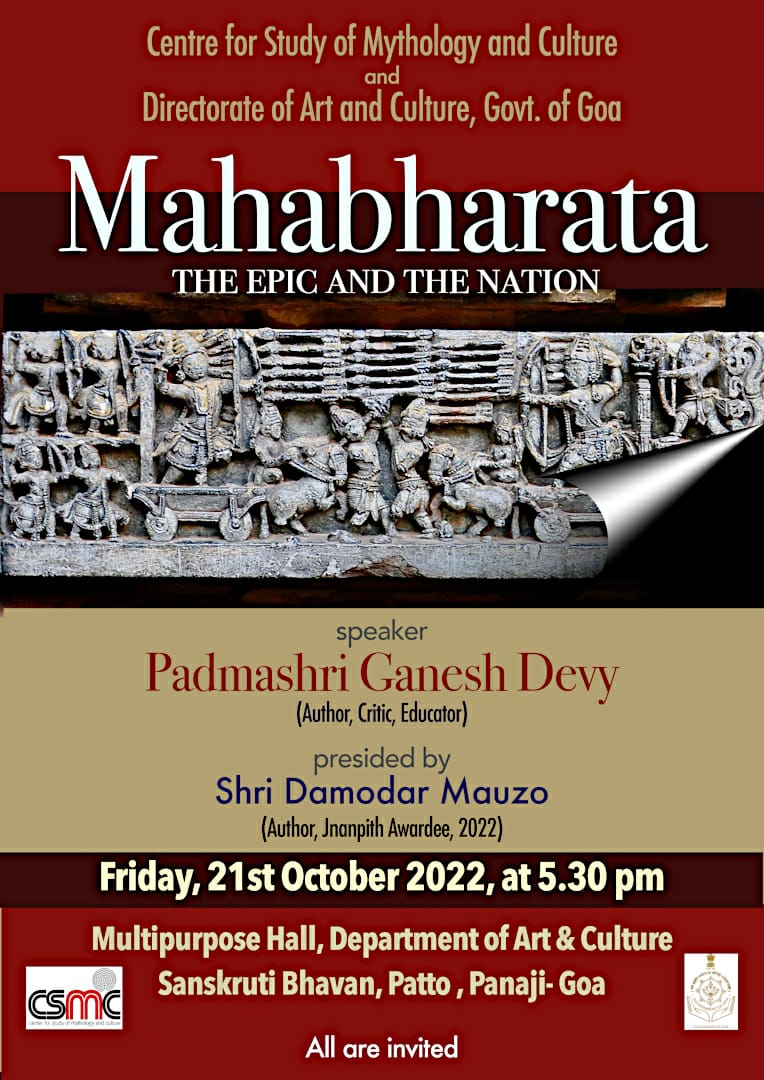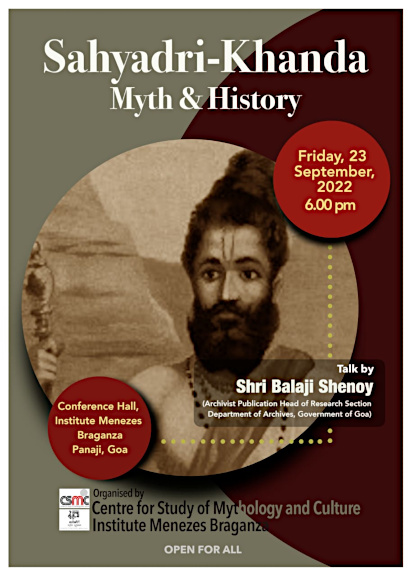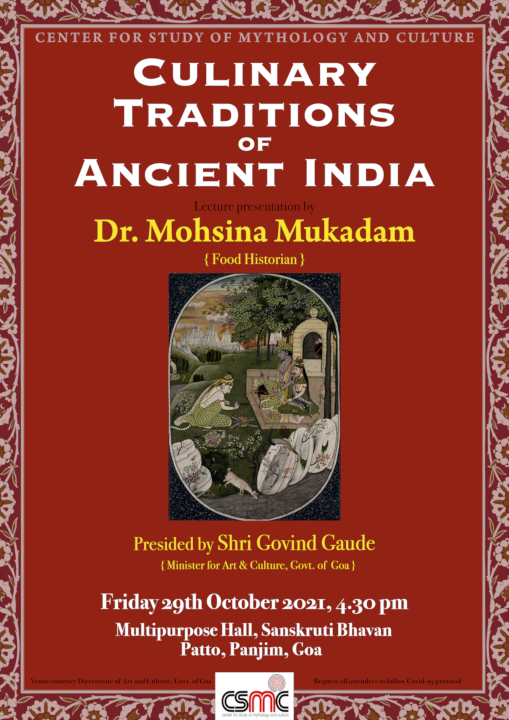 On the slopes of Himawat, once stood a lovely Salmali tree. It was a very large tree under whose shade travellers took shelter, hermits practised penances, birds and butterflies took refuge. It was said that Lord Brahma himself had rested under the shade of the Salmali after he had finished creating the Universe.
On the slopes of Himawat, once stood a lovely Salmali tree. It was a very large tree under whose shade travellers took shelter, hermits practised penances, birds and butterflies took refuge. It was said that Lord Brahma himself had rested under the shade of the Salmali after he had finished creating the Universe.
‘What a gorgeous tree!’ exclaimed Sage Narada, who happened to pass by this beautiful Salmali tree one day. ‘Surely, you enjoy the benevolence of Vayu, the wind-god, whose wrath does not spare even the tallest trees that stand in his way,’ Narada remarked.
‘The Wind is neither my friend nor well-wisher O Narada,’ Salmali responded. ‘My energy and might are greater than that of Vayu! The Wind that breaks everything along its path, has Himself been broken by me!’ Salmali boasted.
‘No created being is equal to the Wind in strength!’ exclaimed Narada. ‘Not even the Gods are equal to him in might!’
Thereafter, Narada, being the trouble-maker that he was, went straight to the wind-god and narrated to him the conversation he had had with Salmali. Vayu was furious and approached Salmali.
‘O Foolish Tree!You stand unharmed by me because you have had the grace of Brahma, who rested under your shade after he created the world!’ Vayu admonished Salmali. ‘Not because you are stronger than me!’
Salmali was not scared. ‘The strong are those who possess better understanding. Not those who are physically stronger!’ he sniggered.
Vayu decided to return the next day to show Salmali his real strength.
That night, Salmali contemplated over the situation and realized his strength was no match for that of the powerful wind that could uproot the strongest trees and break the summits of the mightiest mountains. Not wanting to be shorn off its leaves and flowers by the wrath of Vayu, Salmali dropped them on his own.
The next morning when Vayu returned, he noticed that the Salmali was bare. ‘You have done to yourself what you would have suffered at my hands!’ Vayu told Salmali.
Divested of its proud crop of lovely red flowers and glossy green leaves, the Salamli stood shorn of its beauty and pride.
Bhishma narrates this story to Yudhishthirain the Mahabharata, to teach him the lesson that a weak foolish person must not provoke a powerful enemy and if at all he does so, he must at least have the good sense to repent like Salmali did.
Moral lesson apart, the story also serves as a lovely narrative, to teach a child the difference between an Evergreen and a Deciduous Tree!
The Silk Cotton Tree, known as Kate Savar, Semal, Salmali or Simbal, is a deciduous tree with conical prickles on its bark when young. It flowers in February when the tree has no leaves, just bright red flowers that are visited by a variety of birds and insects. During the fruiting stage in April, one may observe little puffs of cotton flying around the tree. The cotton from the tree is used to stuff quilts and pillows, its wood is used to make match-sticks and it also has medicinal uses. Its botanical name is Bombax Ceiba and it is a commonly found native Indian tree.
Story collected by – Mallika Iyer
Source – (1) Oral narration by Usha Desai and Renee Vyas, tree-lovers from Mumbai.
(2) Plant myths and Traditions of India by Shakti M. Gupta, Munshiram Manoharlal Publishers Pvt. Ltd.
Location – Pan-India
Image – Cotton Tree
Image Source – Wikimedia Commons












Leave a Comment